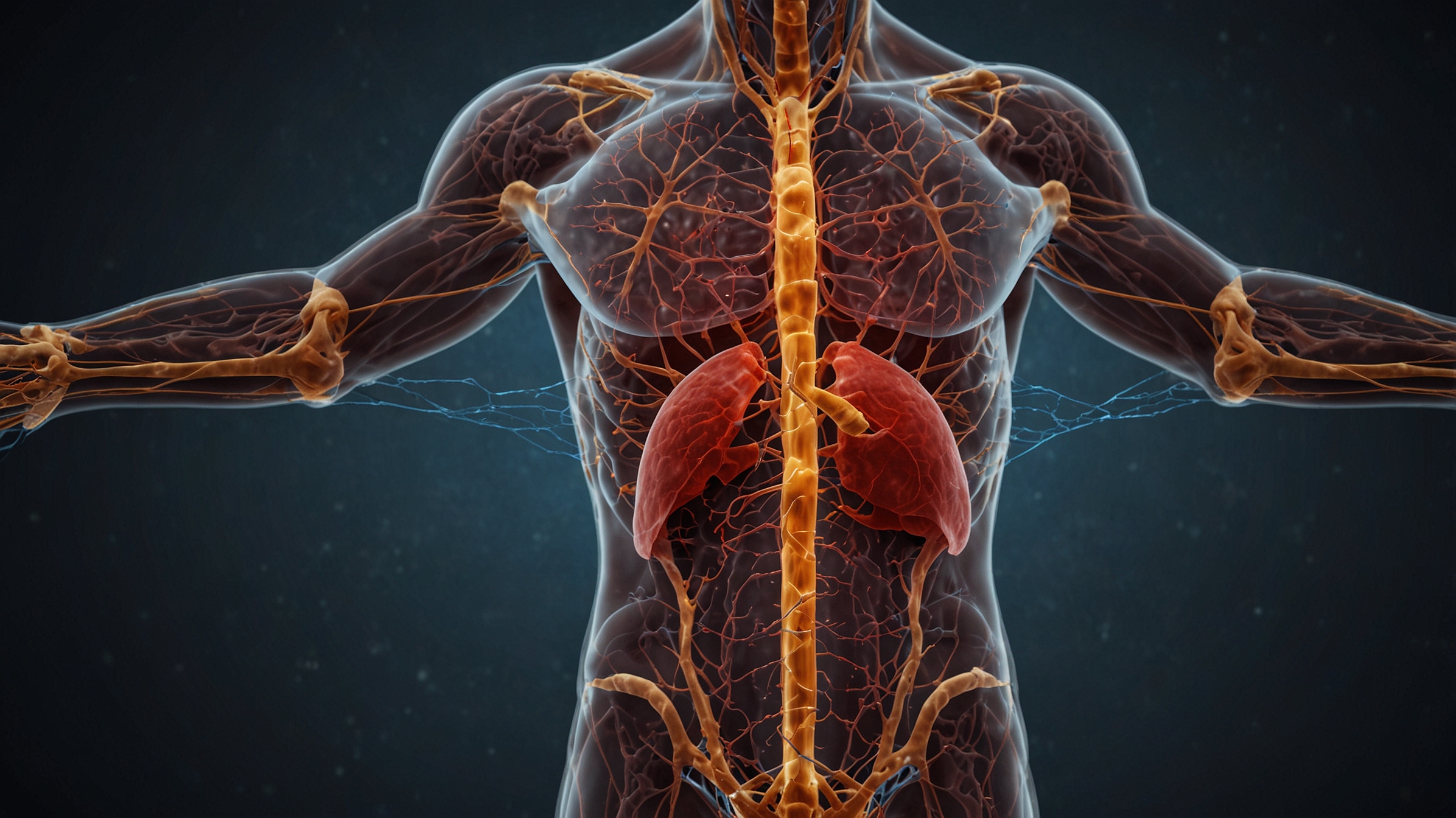Raising children has always come with challenges, but today’s parents face a new set of obstacles — many of them tied to the digital world. From screen time and social media to reduced physical activity and new mental health concerns, pediatric health in the 21st century is evolving rapidly. Understanding these changes is key to supporting healthy, balanced childhoods.
1. The Rise of Screen Time
One of the biggest changes in recent years is the explosion of screen time. Tablets, smartphones, computers, and televisions are now part of everyday life — even for very young children. While screens can offer educational content and entertainment, too much screen time can have serious health effects.
Common concerns include:
-
Sleep disruption due to screen exposure before bedtime
-
Reduced physical activity, leading to increased risk of obesity
-
Eye strain and vision problems
-
Shortened attention span
The American Academy of Pediatrics recommends limiting screen time to 1 hour per day of high-quality programming for kids aged 2–5, and encouraging balance for older children.
2. Mental Health in the Digital Age
Kids today are growing up in an always-connected world. Social media and digital communication are part of daily life — and that can be both a blessing and a curse.
On one hand, children can connect with others, explore their interests, and find supportive communities. On the other, they’re more exposed to:
-
Cyberbullying
-
Social pressure and comparison
-
Anxiety and depression linked to constant connectivity
Mental health professionals are seeing more children with stress, sleep disorders, and low self-esteem — often tied to their digital lives.
Tip for parents: Create tech-free zones in your home (like during meals or before bed), and check in regularly about how your child is feeling, both online and offline.
3. Changes in Nutrition and Physical Activity
The modern lifestyle, shaped by convenience and technology, is also affecting how kids eat and move.
-
Many children now get less outdoor play and physical exercise than in previous generations.
-
Fast food and processed snacks are more accessible and often preferred over home-cooked meals.
-
Busy family schedules can make regular, nutritious meals harder to maintain.
The result? A rising number of children are facing obesity, type 2 diabetes, and high blood pressure — conditions that were once rare in kids.
What helps:
-
Encourage at least 60 minutes of physical activity per day.
-
Involve kids in grocery shopping or cooking to teach healthy eating habits.
-
Make movement fun — think dancing, biking, or backyard games.
4. Sleep and the Modern Child
Sleep is essential for a child’s growth, learning, and emotional health. But many kids today aren’t getting enough of it.
Reasons include:
-
Screen time before bed
-
Overloaded schedules
-
Lack of consistent bedtime routines
Poor sleep can affect mood, behavior, school performance, and even immune function.
To help, create a calm bedtime routine, limit screens at least 1 hour before bed, and aim for age-appropriate sleep hours:
-
Ages 6–12: 9–12 hours per night
-
Ages 13–18: 8–10 hours per night
5. The Importance of In-Person Interaction
While technology allows kids to connect digitally, it can’t replace the value of face-to-face interaction. Personal relationships help build empathy, communication skills, and emotional regulation.
Encouraging playdates, family dinners, and real-world conversations can help kids build strong social skills and a sense of belonging.
6. Building Digital Literacy and Healthy Habits
Today’s kids are “digital natives” — they’re growing up with devices in hand. Instead of avoiding technology, the goal should be to teach kids how to use it wisely.
Parents can:
-
Teach critical thinking about what they see online
-
Discuss privacy, safety, and kindness on the internet
-
Help kids recognize advertising and misinformation
This helps kids develop digital resilience — the ability to navigate the online world in a healthy and safe way.
Final Thoughts
Raising healthy kids today means more than just getting them to eat their veggies and exercise. It requires a thoughtful approach to their digital world, emotional needs, and daily habits.
The good news? Small changes can make a big difference. By encouraging balance, setting limits, staying involved, and leading by example, parents can help children grow up healthy, happy, and well-equipped to handle both the real and virtual worlds.














